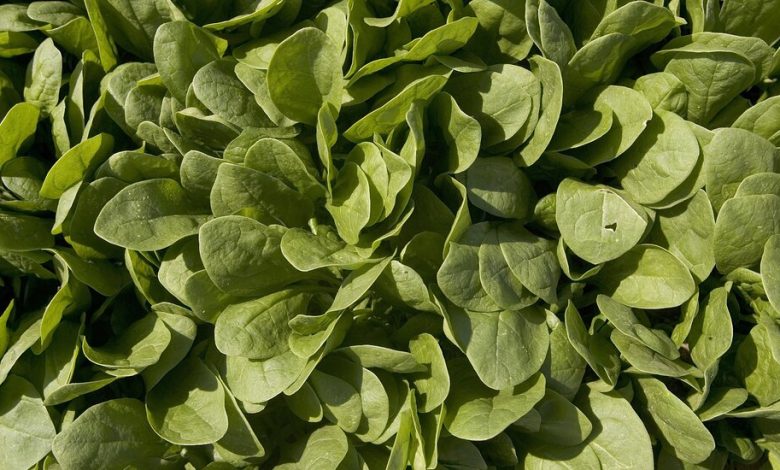How Can Tainted Spinach Cause Hallucinations?

Delirium. Fever. Hallucinations. Not what you expect when adding baby spinach to a salad, but these are among the alarming symptoms dozens of Australians have experienced after consuming what are thought to be contaminated batches of the leafy greens.
More than 100 people reported symptoms, including at least 54 who have sought medical help, after eating baby spinach which authorities believe to be tainted. Four major supermarket chains have recalled products containing the suspect spinach.
Authorities said that the spinach had caused “possible food-related toxic reactions” with those affected suffering symptoms including delirium, hallucinations, blurred vision, rapid heartbeat, and fever.
Some Australians took to social media to jokingly ask how they could obtain hallucinogenic spinach. “Never have I been so interested in salad,” one Twitter user said.
But authorities have stressed that the symptoms are far from pleasant.
“They’re unable to see properly, they’re confused, they’re having hallucinations,” Darren Roberts, the medical director of New South Wales’ Poisons Information Centre, said of the victims, in an interview on local television. “And we’re talking about scary hallucinations; it’s nothing that’s fun.”
Its producer, Riviera Farms in the state of Victoria, said it believed its product had been “contaminated with a weed.”
What weed could make spinach hallucinogenic? The health department of the state of Victoria has said that the symptoms suggested “anticholinergic syndrome,” a type of poisoning mainly caused by plants in the Solanaceae family, which includes nightshade, jimson weed and mandrake root.
Anticholinergic plants and drugs inhibit the production of a brain chemical called acetylcholine, which is linked to memory, thinking and the visual system, according to Dominic ffytche, a professor of visual psychiatry at King’s College London, who specializes in visual hallucinations (and who really does lowercase his last name). Acetylcholine can also be lost naturally and is linked to Alzheimer’s, some type of dementias and other neurodegenerative diseases, he said.
Hallucinations caused by a suppression or loss of acetylcholine tend to be “formed,” Professor ffytche said, that is concrete and recognizable, usually taking the form of people, objects and landscapes. This is distinct from “unformed” hallucinations, when people might see shapes, patterns and colors.
Furthermore, hallucinations caused by a lack of acetylcholine are linked to the memory system, so they tend to involve people the sufferer knows or recognizes, he said. “It could be deceased relatives, or people that are vaguely familiar to them in some way.”
Those suffering more extreme symptoms can have difficulty determining what is real, he said.
“When you lose an understanding that they are hallucinations, they tend to become distressing,” he added. “You become sucked into the story where something bad is going on and people are trying to hurt you or harm you in some way.”
Exposure to anticholinergic plants can have severe effects but is rarely fatal. It’s also relatively uncommon: In 2020, there were 856 cases of exposure in all of the United States, none of which resulted in death, according to the American Association of Poison Control Centers.




